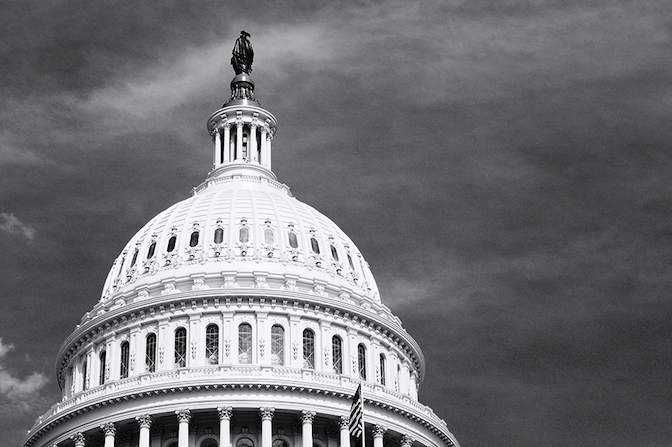THE TORCH: CONTENTSBy Ignacia Rodriguez, NILC immigration policy advocate
DECEMBER 22, 2016
Recently we’ve received a lot of inquiries about whether Congress is doing anything to protect the DACA (Deferred Action for Childhood Arrivals) program from being eliminated, and in particular about a recently introduced bipartisan bill called the BRIDGE Act.
The BRIDGE Act, whose name is derived from “Bar Removal of Individuals Who Dream of Growing Our Economy,” was introduced by Sens. Dick Durbin (D-IL) and Lindsey Graham (R-SC) on Dec. 9. It seeks to provide “provisional protected presence” to certain non–U.S. citizens, which would include authorization to work in the U.S. and protection from deportation, the two main benefits that DACA currently provides. To qualify for protection under the BRIDGE Act, people would have to meet essentially the same requirements that DACA recipients currently have to meet when they apply for DACA. But they wouldn’t have to already have DACA in order to qualify for BRIDGE’s provisional protected presence.
Though the BRIDGE bill may provide some hope to DACA recipients who are afraid of losing their work authorization and protection from being deported, it still is only a bill—a proposed law—in the early stages of the legislative process. It still has to be considered by two or more congressional committees, which means that its provisions could change quite a bit before it reaches the Senate and House floors—if it ever makes it that far. Then, before it can become law, it has to be passed by both the Senate and House of Representatives, then signed by the president.
If the BRIDGE Act is enacted into law without any changes, how would it protect people who currently have or are eligible for DACA?
If you already have DACA, BRIDGE provides that you would be “deemed” to have provisional protected presence until your DACA expires. Before your DACA expires, you could then apply to continue having provisional protected presence. But you would need to meet the BRIDGE requirements (including the education-related requirement) at the time you apply.
If you do not already have DACA, you would be able to apply for provisional protected presence if you meet the BRIDGE requirements at the time you apply.
Under the BRIDGE Act, provisional protected presence would be available only for three years after the bill is enacted. So even if the BRIDGE bill, as it’s currently written, becomes law early in 2017, its benefits would be available only from 2017 to 2020. Then what? Will Congress and the Trump administration pass some sort of immigration reform? Will the DREAM Act be reintroduced in some form? Even if some sort of immigration reform or DREAM legislation were introduced, would its provisions be the kind we could support? It is way too soon to tell.
Despite the current uncertainty, it’s important to note two things:
- DACA was an organizing victory, and so are policymakers’ current efforts to protect DACA. DACA recipients have contributed greatly to our economy and society and have organized to defend their rights, which makes it impossible for policymakers not to notice and inspires them to take action.
- You don’t have to wait for Congress to act. You can take action now. You can get involved in United We Dream’s #HeretoStay campaign by visiting https://action.unitedwedream.org/. And you can stay connected with Undocumedia at http://www.undocumedia.org/.
We also encourage everyone to visit and tell others about the Informed Immigrant website, which provides information on how to prepare for what could happen under the Trump administration, including how to get involved in the immigrants’ rights movement and how to find a direct-service provider or organization in your area.
Though we cannot predict exactly what will happen in 2017, we can predict with certainty that if we work together, we will be able to counter the attacks that come our way.






